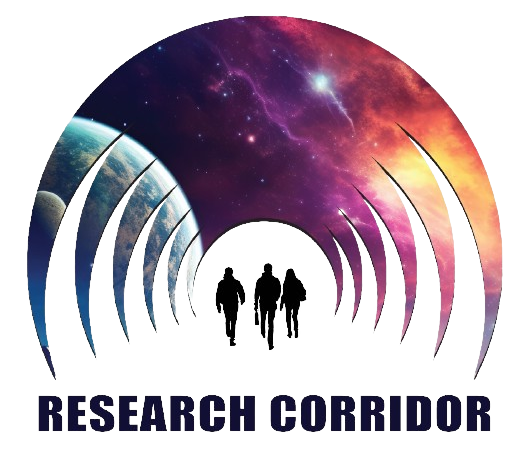The Convergence of Artificial Intelligence and Linguistics: Implications for Future Communication and Translation
Keywords:
Artificial intelligence, linguistics, natural language processing, neural machine translation, cross-cultural communication, language preservation, AI ethics, multilingualism, computational linguistics, speech recognitionAbstract
The convergence of artificial intelligence (AI) and linguistics is transforming the landscape of communication and translation, enabling machines to process, understand, and generate human language with unprecedented accuracy. AI-driven natural language processing (NLP) models, such as neural machine translation (NMT) and large language models (LLMs), have significantly improved linguistic accuracy, contextual understanding, and multilingual communication (Jurafsky & Martin, 2021). These advancements have facilitated seamless real-time translation, automated speech recognition, and sentiment analysis, revolutionizing global communication (Manning et al., 2020). AI-powered translation tools, such as Google Translate and DeepL, now leverage deep learning techniques, reducing syntactic errors and improving fluency (Bahdanau et al., 2015). However, challenges persist, including bias in language models, limitations in understanding cultural nuances, and ethical concerns regarding data privacy and misinformation (Bender et al., 2021). The study explores the implications of AI-augmented linguistics for professional translation, cross-cultural communication, and language preservation. By integrating linguistic theories with machine learning approaches, AI is redefining the future of language technology, fostering inclusivity and efficiency in global discourse. As AI continues to evolve, interdisciplinary collaboration between linguists, computer scientists, and policymakers is crucial to mitigating risks and maximizing benefits. Future research must focus on explainable AI, ethical considerations, and the role of AI in multilingual communication to ensure responsible and effective linguistic innovations.




